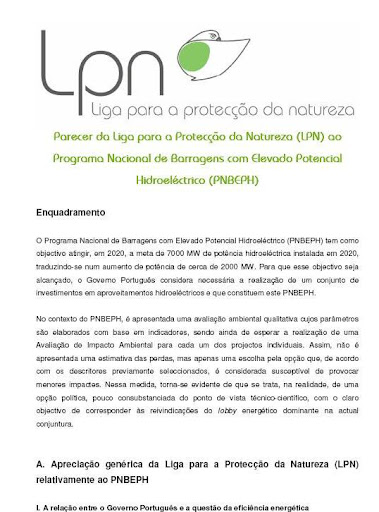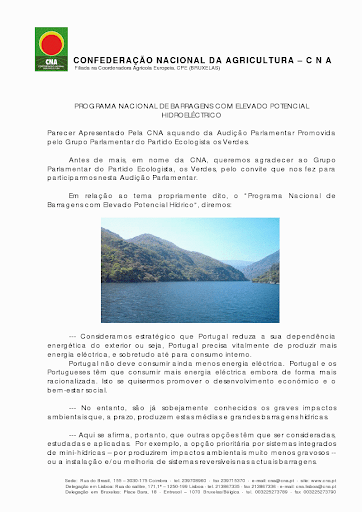GLOBAL VIEWS - ENERGY
Hydropower is not the answer for climate resilience
The global dam industry claims hydropower can build climate resilience, and harmlessly wean us from fossil fuels. But as events in the past 12 months have shown, nothing could be further from the truth.
A press release, issued on October 31, read: “Itaipu is a UN Climate Change Partner at the COP23 Climate Conference.”
For those who don’t know, the Latin American firm was behind Itaipu Dam, one of the largest megadams in Latin America. The firm was playing on the debunked notion that hydropower is green energy and could be used to replace fossil fuels. In fact, research has shown that tropical dams are some of the world’s most egregious emitters of methane, a greenhouse gas many times more powerful than carbon dioxide.
Despite its supposed “green” credentials, Itaipu Dam submerged some of the world’s most magnificent waterfalls. (The company later dynamited them, precluding the possibility of restoration.) And the project displaced upwards of 10,000 families — approximately 59,000 people — when it was built. Hydropower projects, with their attendant roads and transmission lines, are also known drivers of deforestation.
Dams are having a hard time coping with climate change. In 2017, the United States alone has seen a trio of near-disasters: In February, unprecedented rains strained Northern California’s Oroville Dam to the breaking point. As its spillway failed, authorities issued an evacuation order to 200,000 people downstream. The state’s capital was in the potential flood’s crosshairs.
Then, in August, Hurricane Harvey dumped a year’s worth of rain on the Houston area in the space of a few days. Two dams rapidly filled, and officials were forced to release water, inundating neighborhoods, to prevent an even more catastrophic full dam failure. Then, just weeks later, the scenario played out again in Puerto Rico, where 70,000 people were forced to evacuate in the face of yet another dam’s failing spillway.
These were stressful moments for dam operators, government officials, and citizens alike. But, given the potential damages, they were also breathtaking near-misses. Hundreds of thousands of lives were at stake, but they were, for the most part, spared.
We won’t always be so lucky. These kinds of extreme rain events are only becoming more common. From Bangladesh to Peru, countries all over the world are experiencing rainfall that would have been unthinkable just a few decades ago.
The world’s water infrastructure — particularly dams — were not built to withstand these volumes of water. Most dams are typically built with 100-year floods in mind. They were not built to withstand the climate we are now experiencing. And that means that it’s not a question of whether there will be a catastrophic dam failure; it’s just a question of where and when.
The U.S. has relatively robust emergency planning and warning systems, but tens of thousands of dams have been built in countries where there is little money or political will to install emergency warning systems. Given that we are now seeing dangerous extreme rain events in nearly every corner of the globe, this is a dangerous gamble.
As signatories to the Paris climate accord meet in Bonn this month, they will discuss how to lower carbon emissions. But given recent events, policymakers need to have a frank conversation about the state of the world’s dams in the face of climate change and devise ways to avert a looming disaster. They should identify those dams most at risk and take steps to limit the danger they pose; in some cases, this will mean removing them altogether.
The planning should not stop there. Climate financiers can and must play a role in driving sane policies forward in an era of climate change. That means taking a hard look at whether they should in fact fund any future hydropower. Hydropower development depends on using historic flows as a guide, but the past flows of a river can no longer tell us about the future. Reservoirs are drying up across the globe, leaving countries such as Zambia facing major power shortages. In the coming decades, we will see more dams either overwhelmed by too much water, or stranded by drought.
A recent study just named hydropower as the “most dangerous” form of green energy. But it’s a misnomer to even call hydropower “green.” Dam reservoirs are, in fact, a significant source of methane, one of the world’s most potent greenhouse gases. The real question is whether dams can even be considered green, given their emissions and detrimental impacts. As one of the study’s authors said, "Hydro projects are such a disaster for tropical rainforests that I don't consider them 'green' energy at all.” There is strong political consensus that we must limit deforestation; to promote a technology that drives it, and emits methane too, is folly.
At the same time, a new study found that habitat restoration could play a much more significant role in reducing carbon emissions than previously thought. The study’s authors suggest that a robust, well-funded effort to restore rivers, forests, wetlands, and other wild areas could help us keep the planet’s warming to 2 degrees Celsius.
Moreover, healthy wetlands and floodplains will be a necessary part of bolstering our climate resilience. This green infrastructure can mitigate the most extreme floods and store water safely underground for times of drought.
In Bonn and beyond, climate financiers should put their funds into protecting people from dangerous dams and promoting safe technologies — including restoration — that will deliver water and energy solutions tailored to the climate-challenged 21st century.
Kate Horner, in Devex - 15 de Novembro de 2017
















